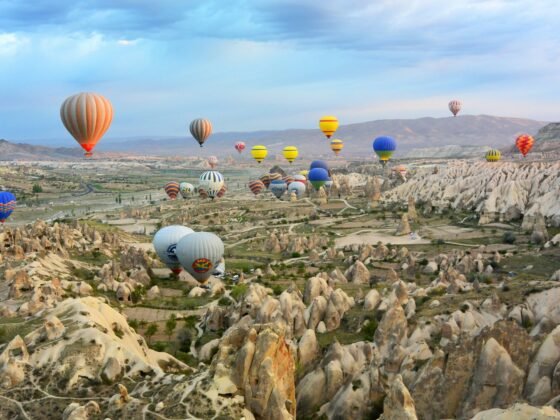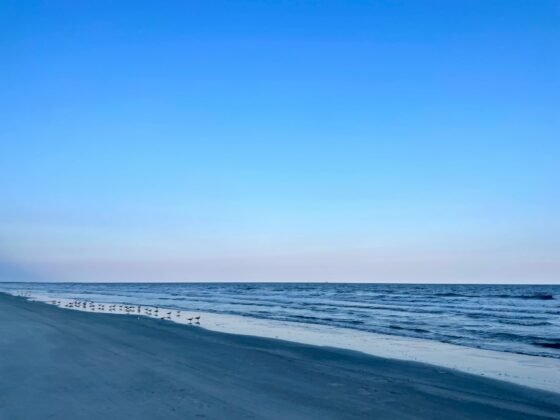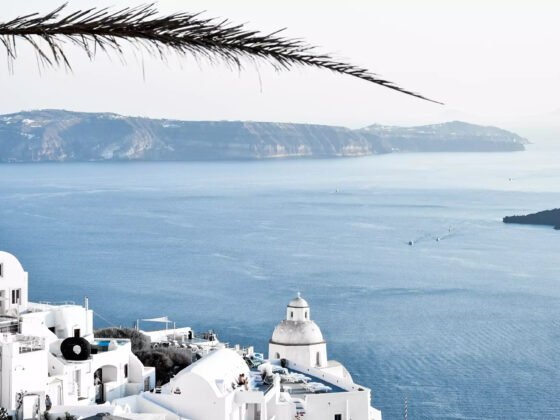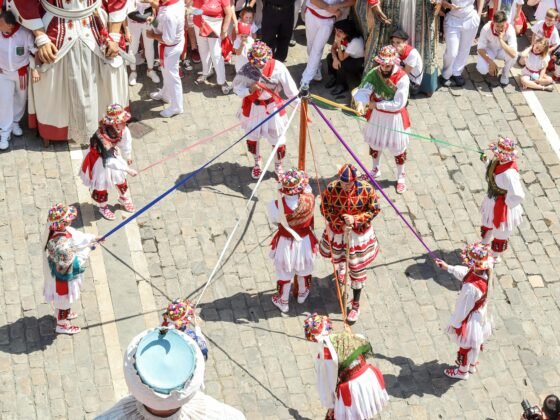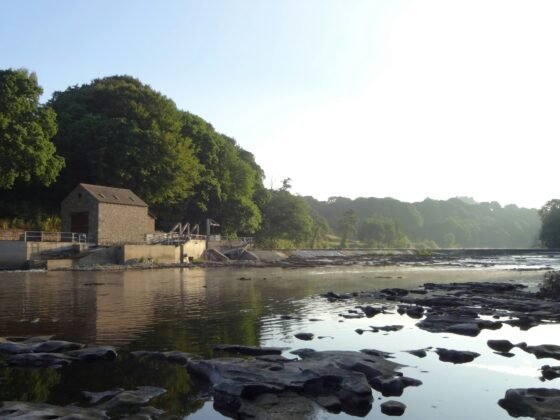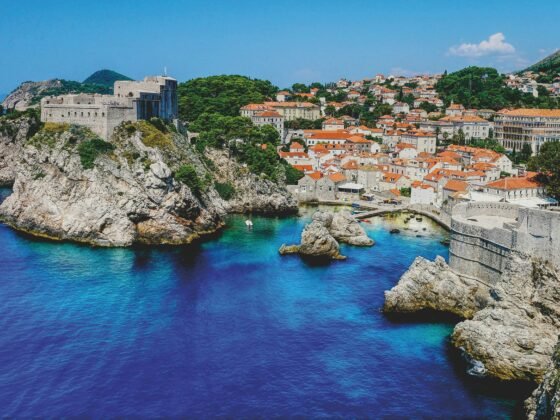London is an electrifying destination post-Olympics with a tangible buzz around the capital, which let’s not forget, also has a diverse culture, fascinating history and amazing architecture. Here we explore just ten of the many thousands of the top attractions to be found in London;
The Tower of London, EC3N
Number one on our list is the Tower of London, situated on River Thames’ north bank, and most famous as the place where the two young nephews of King Richard III were imprisoned and—according to Shakespeare—murdered. The Tower, in fact, figures prominently in Shakespeare’s history plays, with several scenes (e. g. 1 Henry VI, act 1, scene 3) being located there. Many other prominent English figures, including Lady Jane Grey and Sir Roger Casement, a leader of the Irish Rebellion of 1916.
The Tower of London opened in 1078 and besides the prison, the Tower includes an ancient fortress and a former royal residence, as well as a collection of armour begun by Henry VIII and the royal jewel office where the treasures of the royal family, including crowns and sceptres, are housed. Open 7 days a week until 5.30pm, visitors can view the Gothic Revival architecture up close for an entry fee of 20 GBP per person (or 18 GBP is pre-booked online).
The Globe Theatre, SE1
The Globe Theatre is the foremost example of a 16th century English public theatre. Shakespeare wrote his plays to be performed here, and it was his playing company that built the structure, in 1599. Unfortunately, it was destroyed by fire towards the end of Shakespeare’s life in June 1613 (incidentally, the fire was caused by a cannon that was being used for a performance of the Bard’s Henry VIII!); a new one was erected next year but closed in 1642. The one you will see is a 1997 reconstruction at 21 New Globe Walk, called Shakespeare’s Globe, about 730 feet away from where the original theatre stood.
Plays by Shakespeare are regularly performed at this new theatre, where they try to make their performances as authentically Elizabethan as possible; thus, no scenery is used to indicate the location, and men play women’s roles, as the multi- award winning actor Mark Rylance played Olivia in Twelfth Night a few years ago. Today the theatre holds 3,000 and features various plays, tours and films with productions of Anne Boleyn and The Taming of the Shrew scheduled for the summer.
The National Gallery, WC2N
London’s National Gallery, located on Trafalgar Square (more on that below), was founded in 1824. It is unusual for its kind in not having been formed through the nationalization of art collections that originally belonged to the royal family. More than 2,300 works of art are housed here, of which the oldest date back to the middle of the 13th century and the most recent from 1900. The Allegory of Cupid— in which the boy god of love fondles the breast of his nude mother— is part of this museum’s collection, as are Van Dyck‘s Equestrian Portrait of Charles I, Paolo Uccelli’s Battle of San Romano, and two of Titian’s Diana paintings. The Western European paintings are on display 7 days a week and admission is free to all.
Tower Bridge, Southwark and Tower Hamlets
The 139 feet (42m) structure of Tower Bridge is the symbol of London for many people. It crosses the Thames River and combines two bridge designs— that of the suspension bridge with that of the bascule or drawbridge. In 1977, the English celebrated Elizabeth’s 25th anniversary on the throne by painting the bridge in national colours. Opened in June 1894, this is commonly confused with London Bridge which is further up the river.
St Pauls Cathedral, EC4M
St. Paul’s Cathedral, built over a millennium, is where the Bishop of London resides. It was erected on the site of a church dedicated to Paul the Apostle. The original church was founded on this site in AD 604 and is built in Renaissance and English Baroque architecture style. Designed by the architect Christopher Wren, the cathedral is open six days a week (not open on Sundays) for visitors to climb the dome, explore the crypt and even enjoy a traditional English afternoon tea. Entry is 15 GBP per person.
Westminster Abbey, SW1P
Westminster Abbey is where English monarchs have traditionally been crowned and buried. In 2011 the world watched on as Westminster Abbey was the setting for the marriage of Prince William and Catherine Middleton. Tradition says it was founded in the early 600s, after a vision of St. Peter was seen there by a fisherman; it is known that Edward the Confessor formed the present building. The Collegiate Church of St Peter at Westminster (to give it its full name) is built in gothic style and is open to the public six days a week (not Sundays), although it does close early o Saturdays.
Hyde Park, W2
Home to internationally acclaimed rock concerts, Hyde Park is one of London’s eight Royal parklands and was once a deer hunting place for Henry VIII; it was made open to the general public by Charles I in 1637. Covering some 350 acres the park is also home to the Diana Memorial Fountain in memory of Princess Diana. Visitors can participate in a range of activities such as horse riding, tennis, cycling and swimming at the on-site lido.
10 Downing Street, SW1A
Number 10 Downing Street, formerly three houses, is now the office of the prime minister. Margaret Thatcher called it “one of the most precious jewels in the national heritage.” The Georgian property is around 300 years old and features around 100 rooms. Number 10 is the headquarters of Her Majesty’s Government as well as the private residence of the current Prime Minister of the UK and also his official office.
The Olympics kick off in under 3 weeks as part of a British summer of sporting events. If you’re visiting the capital we have also blogged about the 10 Best Shopping Locations in London and 10 Cultural things to do in London. Enjoy your visit!
Royal Opera House, WC2E
Situated in London’s Covent Garden, the Royal Opera House has been a performing house for over a century. It was destroyed and rebuilt twice, today in English Baroque style, and to the front stands a statue of a dancer by Enzo Plazzotta. First open to the public in 1732 today the opera house is a major performing-arts destination, holding some 2,256 people.
Trafalgar Square, WC2N
Trafalgar Square, in Westminster, central London, is the scene of many statues and monuments, including the Nelson Column and a statue of George IV on horseback. There are fountains here, too, though they were originally placed as a space- reducing measure.




